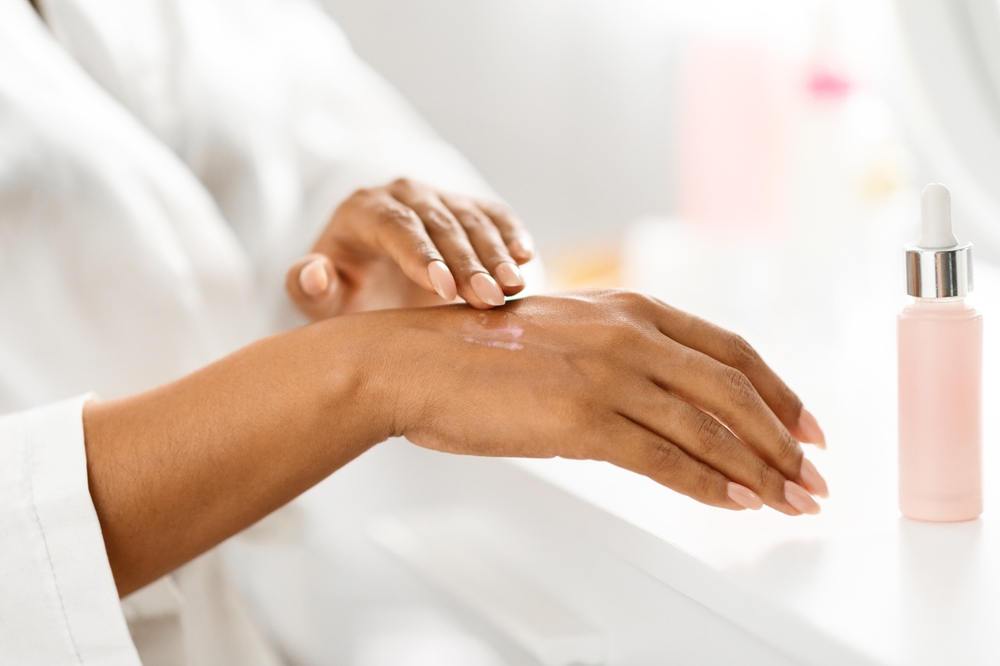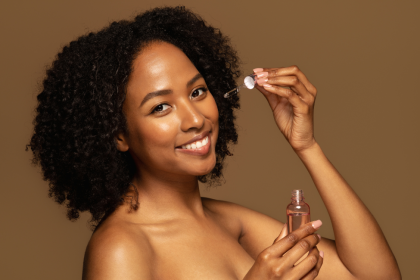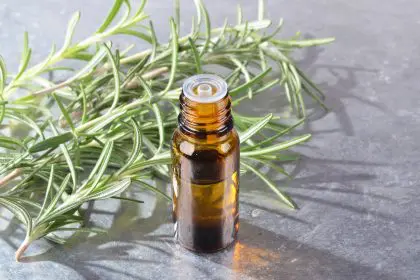Achieving a bright and healthy complexion requires more than just skincare products. Understanding the causes of sallow skin and taking proactive steps can help restore a vibrant and youthful appearance.
Understanding sallow skin complexion
Sallow skin appears dull, yellowish, or brownish, often making the face look tired and unhealthy. This condition can affect individuals differently depending on their skin tone. Those with lighter complexions may notice more yellowish discoloration, while those with olive or darker skin tones might see brownish undertones.
The main reason behind this dull appearance is glycosylation, a process where sugar molecules bind to skin proteins, leading to changes in color and texture. Over time, this process contributes to skin aging, making it lose its natural radiance.
Root causes and contributing factors
Several factors contribute to the development of sallow skin, including aging, sun exposure, and poor lifestyle choices. As the body ages, the rate of cell turnover slows down. This means that dead skin cells accumulate on the surface, leading to a dull and lifeless complexion.
Long-term sun exposure is another major cause. Ultraviolet (UV) rays damage skin cells, break down collagen, and accelerate the aging process. Without proper sun protection, the skin becomes more vulnerable to discoloration and dryness.
Lifestyle habits such as smoking, poor diet, dehydration, and lack of sleep also play a significant role. Smoking reduces oxygen supply to the skin, making it appear lifeless. A diet lacking essential nutrients can lead to deficiencies that affect skin health, while dehydration and poor sleep further contribute to a dull complexion.
Certain medical conditions like anemia, poor circulation, and hormonal imbalances can also result in sallow skin. When the body doesn’t get enough oxygen or nutrients, the skin reflects these deficiencies.
Preventing sallow skin through daily habits
Keeping skin healthy requires a combination of hydration, nutrition, and proper skincare. Drinking enough water daily helps maintain moisture levels, while a nutrient-rich diet provides essential vitamins and antioxidants that promote skin regeneration.
Foods high in vitamin C, vitamin E, and omega-3 fatty acids support collagen production and protect the skin from environmental damage. Leafy greens, nuts, seeds, and citrus fruits are excellent choices for improving skin health from within.
Establishing a consistent sleep schedule allows the skin to repair itself overnight. During deep sleep, the body increases blood flow to the skin, delivering oxygen and nutrients necessary for a healthy glow. Skipping sleep or maintaining irregular sleep patterns can quickly lead to dull, tired-looking skin.
The crucial role of sun protection
Sun exposure is one of the leading causes of premature skin aging and discoloration. Protecting the skin from harmful UV rays is essential for preventing sallow skin. Applying a broad-spectrum sunscreen with at least SPF 30 daily helps shield the skin from both UVA and UVB radiation.
Using physical barriers such as wide-brimmed hats, sunglasses, and protective clothing can provide extra defense against sun damage. Seeking shade during peak sunlight hours and reapplying sunscreen every two hours when outdoors further reduces the risk of sun-related skin issues.
Effective treatments to restore skin vitality
When sallow skin becomes noticeable, incorporating targeted treatments can help revive its brightness. Regular exfoliation is an essential step in removing dead skin cells that contribute to a dull complexion.
Chemical exfoliants such as alpha-hydroxy acids (AHAs), beta-hydroxy acids (BHAs), and poly-hydroxy acids (PHAs) gently dissolve dead skin cells, promoting faster cell turnover. These ingredients can be found in toners, serums, and face masks designed to brighten the skin.
Retinoids, a form of vitamin A, are powerful ingredients that help boost collagen production and accelerate cell renewal. Over time, they improve skin texture, reduce fine lines, and restore a more youthful glow. However, retinoids can be irritating at first, so it’s important to start with a lower concentration and gradually increase usage.
Professional skincare options for stubborn cases
For individuals who struggle with persistent sallow skin despite using home treatments, professional procedures can provide stronger results. Dermatologists often recommend chemical peels to deeply exfoliate the skin and promote fresh cell growth.
Microneedling is another popular option that stimulates collagen production and improves skin texture. Laser treatments can also target pigmentation and revitalize dull skin by encouraging new cell formation.
Maintaining long-term skin health
Healthy skin requires consistent care, patience, and a well-balanced routine. Adjusting skincare products based on seasonal changes, staying hydrated, and maintaining a nutritious diet all contribute to long-term skin health.
It’s also important to monitor skin changes over time. Regular dermatologist visits help assess skin conditions, detect early signs of damage, and recommend suitable treatments when necessary.
While sallow skin can be frustrating, it is not a permanent condition. By adopting the right skincare habits, using effective treatments, and making lifestyle adjustments, it is possible to restore skin’s natural glow and maintain a healthy, youthful complexion.















